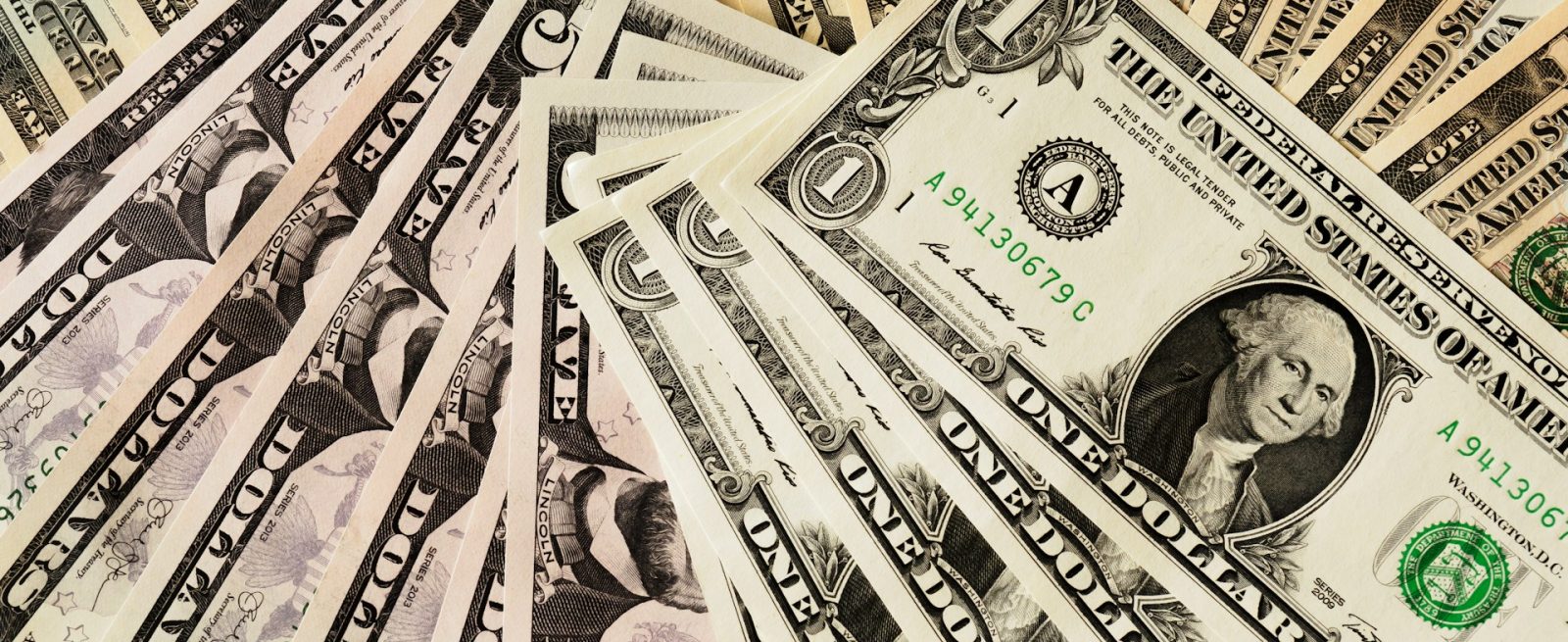Diners Have Negative Reaction to Surge and Dynamic Pricing
3 Min Read By MRM Staff
Eighty-one percent of diners said they would either stop going to a restaurant altogether or alter their dining hours to avoid prices surging during peak hours and 64 percent said they have a negative reaction to restaurants using surge and dynamic pricing, according to a HungerRush’s National Restaurant Price Surging Survey.
“This is an alarming statistic for restaurant owners and operators, potentially leading to an increase in lost revenue or creating new peak hours,” Bill Mitchell, Executive Chairman of HungerRush, and former President of Global Operations of Papa John’s International, told Modern Restaurant Management (MRM) magazine. “At a time when restaurants are continuing to face increased costs of operation, owners must be cognizant of not only the customer experience but also the impacts their changes will have on loyalty patterns. Twenty-two percent of diners reported that if a restaurant they frequently visit adopted surge or dynamic pricing, they would cease visiting the restaurant altogether. Restaurants need to take this data as a signal and think twice about pricing increases. Instead of solely relying on such pricing options, they should be prepared to explore other potential ways of increasing revenue – looking at operational efficiency to offset costs."
Additional highlights of the survey include:
- Forty-eight percent of diners said they are more understanding of small chains and local restaurants needing to raise prices.
- Fifty-six percent of consumers surveyed said they choose/will choose in the future to order from a restaurant with lower fees. Sixty-three percent of diners are willing to pay a small fee to make up for increased operational costs. However, 21 percent of diners are only willing to pay a minimal fee of less than three percent of their total visit.
To delve more into the insights, MRM reached out to Mitchell.
Is there a way for brands to better market dynamic/surge pricing so it might be more palatable to diners?
Based on our research, we know that customers will pay premiums for conveniences such as delivery because it betters the customer experience. The survey informed us more on how and why the customer experience would falter if this pricing model were to be implemented and in turn, how restaurant operators need to prepare for the changes. Open communication with customers is valuable in gaining insights before rolling out price changes.
Restaurants need to take this data as a signal and think twice about pricing increases. Instead of solely relying on such pricing options, they should be prepared to explore other potential ways of increasing revenue – looking at operational efficiency to offset costs.
Diners are aware that restaurants are being dealt their fair share of problems. The cost of labor, food, and services is continuing to rise at a rapid pace and all of this impacts a restaurant's ability to ensure that the customer experience remains top of mind. However, 48 percent of diners said they are more understanding of small chains and local restaurants needing to raise prices. Owners can weigh the pros and cons of dynamic pricing models prior to making a decision, but knowing where customers are willing to meet in the middle is essential. Apart from the size of a restaurant, this reveals that owners should manage pricing by understanding their customers better and meeting where they are; thus, using that information to best control costs that benefit the restaurant operations and diners.
What are best practices for raising menu prices/instituting a fee?
As we’ve seen several times, consumers are not always the most responsive to increased fees. However, we do know that there are some elements that they are willing to pay additional fees for, and generally, that’s when it impacts the customer experience.
However, there are some ways that restaurant operators can control food costs. One is through their restaurant management software. Unfortunately, there is a lot of food waste in restaurants and a good restaurant food costing software takes in data from a POS and can help with this issue. Additionally, systems can simplify tracking data and making changes that don’t risk reducing the quality of service and offerings.
If a brand makes a misstep are there things they can do to recover guest trust and have them come back?
Amid the ongoing economic conditions, bringing in customers is critical. Loyalty and rewards programs are an effective strategy to build trust and capture their attention enough to be returning customers. At the end of the day, transparency and meaningful connections with a restaurant’s community is an easily implementable strategy to increase brand loyalty.
It’s creating that genuine experience that keeps customers coming back for more. In a loyalty survey we conducted, 47 percent of consumers say they encourage friends and family to sign up for programs they feel offer the best benefits. A loyalty program is a must-have and it’s an investment restaurant cannot not afford to lose.
The survey was commissioned by HungerRush and conducted by Dynata in March 2024 of 1,000 U.S. consumers 18 years and older.

